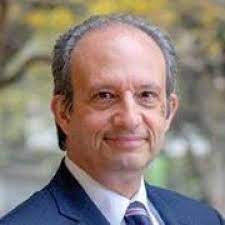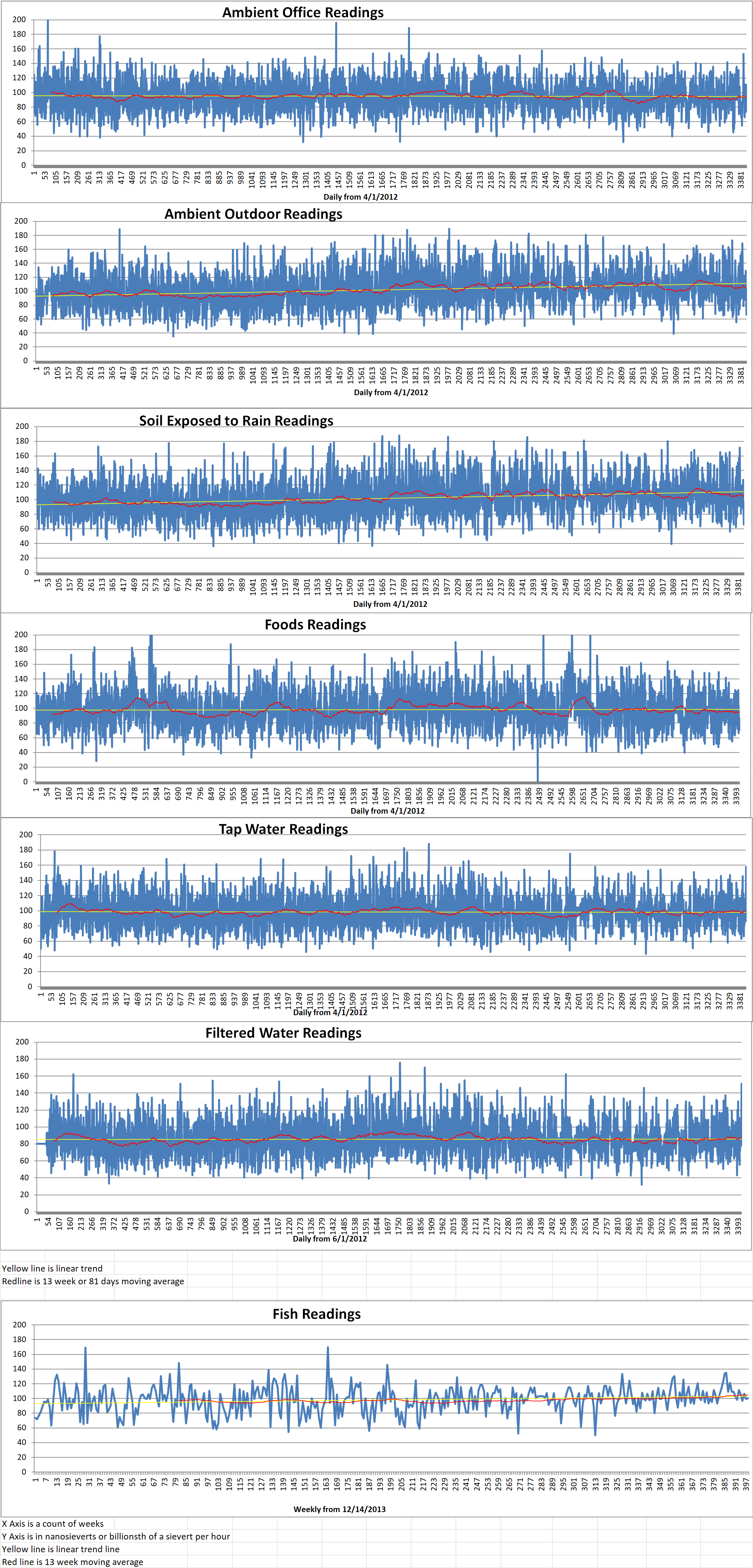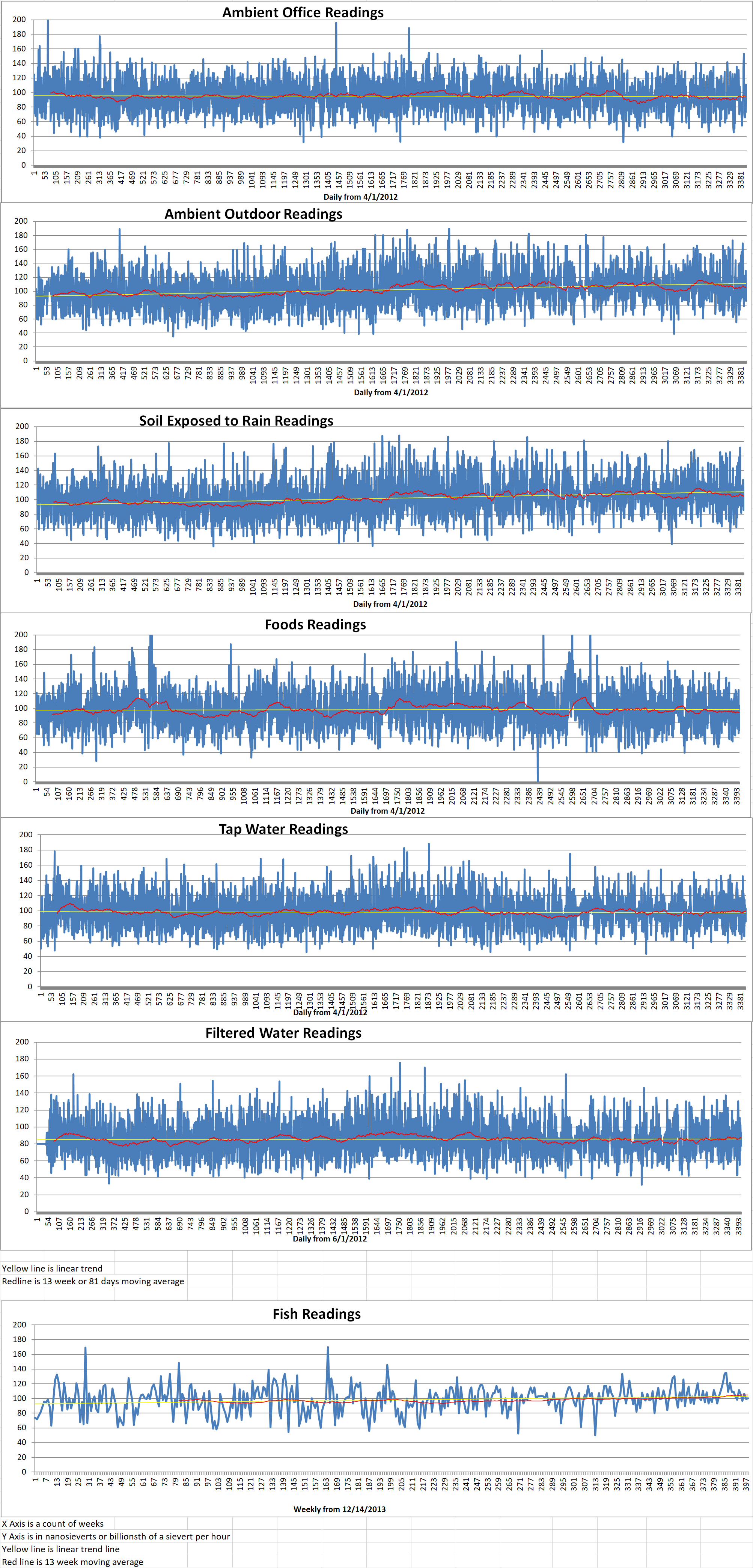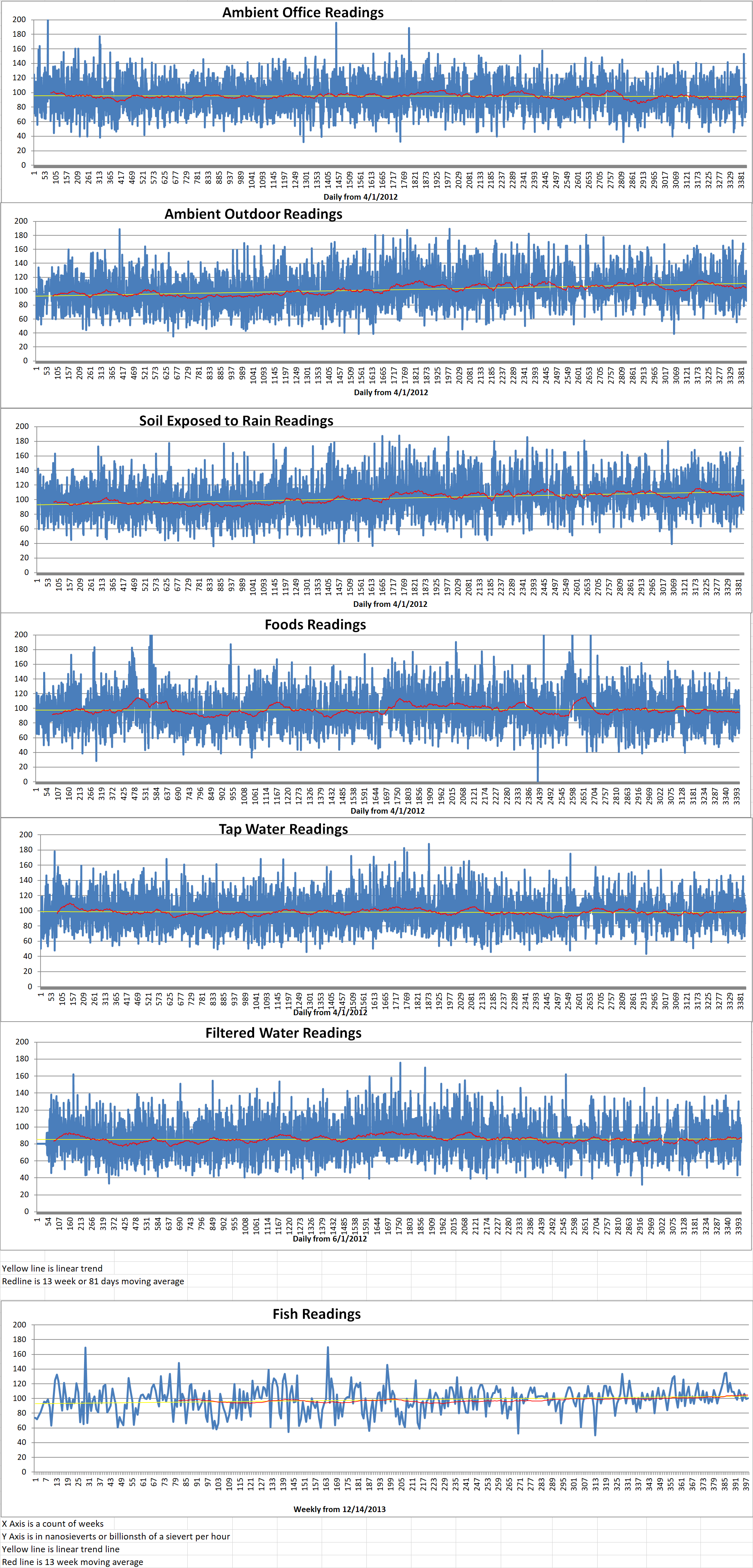Part 3 of 3 Parts (Please read Parts 1 and 2 first)
Exotic metals
Nuclear containment vessels for nuclear fission reactors are made of a variety of exotic rare metals that control and contain the nuclear fission reaction. Hafnium acts as a neutron absorber, beryllium acts as a neutron reflector, zirconium is used as cladding for the fuel rods and niobium alloys with steel to protect it from forty to sixty year of neutron embrittlement. Mining and refining these metals raise concerns about cost, sustainability and environmental impact. In addition, there are many industrial processes that compete for these metals. Hafnium is used in microchips and beryllium is also needed by the semiconductor industry. If a nuclear reactor is being constructed every day somewhere in the world, the global supply of these exotic metals needed to build containment vessels would quickly be depleted and there would be a mineral resource crisis. This is a new argument that Abbott raises. It places resource limits on all future-generation nuclear reactors.
As Abbott mentions, many of these same problems would plague fusion reactors in addition to fission reactors even though commercial nuclear fusion power is still decades in the future.
Of course, there are not that many nuclear power advocates who are calling for a nuclear utopia in which nuclear fission power supplies all the world’s energy needed. However, many nuclear advocates do suggest that the world should try to produce one terawatt of world power from nuclear energy. This may be feasible in the short run. On the other hand, if Abbott’s numbers for fifteen terawatts are divided by fifteen, even one terawatt of nuclear power production is barely feasible. Based on these estimations, Abbott questions whether or not nuclear fission power generation can even be scaled up to one terawatt. He suggests that the same investment would be better spent on technologies that are fully scalable.
Abbott said, “Due to the cost, complexity, resource requirements, and tremendous problems that hang over nuclear power, our investment dollars would be more wisely placed elsewhere. Every dollar that goes into nuclear power is dollar that has been diverted from assisting the rapid uptake of a safe and scalable solution such as solar thermal.”
Solar thermal devices harness the energy of the Sun to produce heat that creates steam that turns generators to generate electricity. Solar thermal technology avoids many of the scalability problems that trouble the nuclear power industry. A solar thermal farm requires about the same amount of land area needed for an equivalent nuclear power plant infrastructure. However, unlike nuclear power, solar thermal farms can be sited in unused desert areas. It is also constructed from safer and more abundant materials. The most import thing about solar thermal farms is that they can be scaled to produce not just fifteen terawatts but hundreds of terawatts in that is ever needed.
However, the biggests problem with solar thermal technology is cloudy days and nighttime. Abbott is planning to research a variety of storage solutions for this intermittency problem. This problem also plagues other renewable energy solutions such as wind power. During the transition period of the near future, Abbott suggests that solar thermal farms and natural gas is the path toward building a practical future energy infrastructure.
Blog
-

Nuclear Reactors 966 – Problems With Expanding Nuclear Power – Part 3 of 3 Parts
-
Nuclear News Roundup Oct 29, 2021
Fluor Pockets $1.16B Contract Extension For Navy Nuclear Propulsion Work finance.yahoo.com
Chu backs nuclear plant, though KMT mayor has concern focustaiwan.tw
Lacson OKs safe nuclear power manilatimes.com
‘You don’t need nuclear to get to net zero,’ says climate professor Jeffrey Sachs euronews.com
-

Geiger Readings for Oct 29, 2021
Ambient office = 75 nanosieverts per hour
Ambient outside = 66 nanosieverts per hour
Soil exposed to rain water = 66 nanosieverts per hour
Red bell pepper from Central Market = 73 nanosieverts per hour
Tap water = 158 nanosieverts per hour
Filter water = 151 nanosieverts per hour
-

Nuclear Reactors 965 – Problems With Expanding Nuclear Power – Part 2 of 3 Parts
Part 2 of 3 Parts (Please read Part 1 first)
Nuclear Waste
Nuclear technology has been used to generate electricity through nuclear fission for over sixty years. Four hundred thousand tons of spent nuclear fuel are stored around the world. There is still no universally agreed upon method of disposal for spent fuel. Permanent disposal in underground facilities is one possible solution that is being explored as several sites. However, there are concerns that the dry casts made of concrete and steel to store the spent fuel may leak radioactive materials into the ground water or the environment via geological movement.
Accident rate
Up to the present, there have been eleven nuclear accidents that have involved full or partial meltdown of the reactor core. These accidents were not minor accidents that could have been avoided with improved safety technology. They were rare events that a not even possible to model in a system as complicated as a nuclear power plant. They arose from unforeseen pathways and unpredictable circumstances. Considering that these eleven accidents happened during a total of fourteen thousand reactor years of nuclear operations, scaling up to fifteen thousand nuclear reactors would mean that, on average, there would be a major accident somewhere in the world every month.
Proliferation
The more nuclear power plants that are put into operation, the greater the probability that nuclear materials and expertise for making nuclear weapons may proliferate. Although reactors have been constructed with proliferation resistance measures, maintaining accountability for fifteen thousand reactors sites spread around the world would be almost impossible.
Uranium abundance
At the current rate of uranium consumption with conventional commercial nuclear fusion reactors, the world’s supply of viable uranium would last for about eighty years. Scaling consumption up to fuel the generation of fifteen terawatts, the viable uranium supply would last for about five years. (Viable uranium is the uranium that exists in a high enough ore concentration so that mining and refining it is economically justified.)
Uranium extraction from seawater
Uranium is usually mined from the crust of the Earth but it can also be extracted from seawater. Seawater contains huge quantities of uranium at a concentration of three and three tenths parts per billion which adds up to ten trillion pounds. Theoretically, that amount of uranium would last for five thousand seven hundred years to supply fifteen terawatts of power. (Fast breeder reactors extends the use of uranium by a factor of sixty. With the use of fast breeder reactors to produce more fuel, the uranium could last for three hundred thousand years. However, Abbot says that these reactors’ complexity and cost would make them uncompetitive.) In addition, as uranium is extracted, the concentration in seawater would decrease. Greater and greater amounts of water would have to be processed to produce the same amount of uranium which would increase the expense. Abbott calculates that the volume of seawater that would have to be processed would become economically impractical in less than thirty years.
Please read Part 3 next -
Nuclear News Roundup Oct 28, 2021
Likud MK: Israel must strike Iran by year’s end if there’s no new nuke deal timesofisrael.com
Germans asked to keep reactors in operation world-nuclear-news.org
High gas prices shift optimal hydrogen production to nuclear, says IAEA world-nuclear-news.org
Yellow Cake to make additional uranium purchases world-nuclear-news.org
-

Geiger Readings for Oct 28, 2021
Ambient office = 93 nanosieverts per hour
Ambient outside = 104 nanosieverts per hour
Soil exposed to rain water = 97 nanosieverts per hour
Heirloom tomato from Central Market = 70 nanosieverts per hour
Tap water = 86 nanosieverts per hour
Filter water = 78 nanosieverts per hour
-

Nuclear Reactors 964 – Problems With Expanding Nuclear Power – Part 1 of 3 Parts
Part 1 of 3 Parts
There are four hundred and forty commercial nuclear fission power plants operating around the world today. They supply about ten percent of the world’s electricity. Their electrical output is roughly one third of the low-carbon energy sources. That is electricity that does not have to be provided by fossil fuel power plants. One major issue in world energy production today is the question of how much nuclear power production can be brought online to provide a significant percentage of the world’s energy requirements.
Derek Abbott is a Professor of Electrical and Electronic Engineering at the University of Adelaide in Australia. He has recently completed an analysis of prospects for major expansion of nuclear power. The report on his work has been publish in the Proceedings of the IEEE. He reports that he has concluded that nuclear power cannot be scaled up to supply most of the world’s energy for a variety of reasons. He suggests that the world would be much better off investing in renewable energy sources that have a much better prospect of being scaled up.
The Abbot report notes that current global power consumption is about fifteen terawatts. The current total electricity being generated by commercial nuclear fission power plants is about three hundred and seventy five gigawatts. The report estimates that in order to supply fifteen terrawatts of electricity to the world from only nuclear power sources, about fifteen thousand nuclear reactors would have to be constructed and put into operation. In Abbot’s report, he explores the consequences of building, operating and decommissioning fifteen thousand nuclear fission reactors. Issues of concern include the amount of land that would be required, the production and disposal of spent nuclear fuel, the rate of serious accidents, risk of proliferation of nuclear weapons, the abundance and extraction of uranium and exotic metals that are needed to construct nuclear fission reactors.
Abbott told an interviewer that “A nuclear power station is resource-hungry and, apart from the fuel, uses many rare metals in its construction. The dream of a utopia where the world is powered off fission or fusion reactors is simply unattainable. Even a supply of as little as 1 TW stretches resources considerably.”
Other studies have addressed these and other issues. Abbott’s report has a nice summary of many of the concerns.
Land and Location
It is estimated that a single nuclear power plant requires about eight square miles of land to contain the nuclear power plant itself, an exclusion zone, an enrichment plant, ore processing and supporting infrastructure. Nuclear power plants need to be sited near a huge body of coolant water but at a safe distance from dense population zones and natural disaster zones. It would be very challenging just to find fifteen thousand locations on Earth that satisfy these requirements.
Lifetime
Nuclear power plants are generally decommissioned after forty to sixty years of operation. One major reason for this lifespan is the fact that neutron bombardment causes metals to become brittle due to the formation of tiny cracks on metal surfaces due to radiation. If nuclear power stations need to be replaced every fifty years on average, then if the world had fifteen thousand nuclear power plants, one power setation would need to be built and another decommissioned every day. Considering that it currently takes six to twelve years to build a nuclear power setation and up to twenty years to decommission one, this rate of replacement is obviously unrealistic.
Please read Part 2 next -

Geiger Readings for Oct 27, 2021
Ambient office = 111 nanosieverts per hour
Ambient outside = 86 nanosieverts per hour
Soil exposed to rain water = 86 nanosieverts per hour
English cucumber from Central Market = 87 nanosieverts per hour
Tap water = 103 nanosieverts per hour
Filter water = 85 nanosieverts per hour
-
Nuclear News Roundup Oct 27, 2021
Detailed images of sensitive Israeli sites, including nuclear plant, now online timesofisrael.com
Time is running out for victims of world’s 1st nuclear explosion English.kyodonews.net
Pueblo citizens voice concerns about nuclear power to Colorado Public Utilities commission chieftain.com
Nuclear profits sustain Bulgaria in gas crisis World-nuclear-news.org
-

Nuclear Reactors 963 – Radiant Is Developing One Megawatt Portable Microreactors
A team of former SpaceX engineers is working on the development of the “world’s first portable, zero-emissions power source” that can be utilized to bring power to remote areas and also permits quick installation of new units in populated areas. In 2020, the ream obtained one million two hundred thousand dollars in funding from angel investors to assist their startup Radiant to develop portable nuclear microreactors. These new reactors are aimed at both military and commercial applications.
The Radiant microreactor is still in the protype phase. It generates over one megawatt which is sufficient to power about one thousand homes for up to eight years. The new microreactor can be easily transported by air, sea, and road. This means that these microreactors can supply affordable energy to communities which do not have easy access to renewable energy. This will allow them to reduce their use of fossil fuels.
Doug Bernauer is CEO and a founder of Radiant founder. He is a former SpaceX engineer who worked on the development of energy sources for a future Martian colony. During his research on the development of microreactors for Mars missions, he realized that such microreactors could also provide in a flexible, affordable power source on Earth. He and two other SpaceX engineers left the space company and founded Radiant. He said, “a lot of the microreactors being developed are fixed location. Nobody has a [commercial] system yet, so there’s kind of a race to be the first.”
Radiant announced that in 2020, it had received two provisional patents for its portable reactor technology. One of the patents was for a process that reduces the time and expense required to refuel their microreactor. The other patent improves efficiency in transferring heat from the core of their reactor. The microreactor will utilize an advanced particle fuel that cannot melt down. It is also able to withstand higher temperatures that conventional nuclear fuel. The microreactor is cooled with helium. This reduces the corrosion and contamination risks that are associated with the water coolant used in most operating power reactors. Radiate has signed a contract with Battelle Energy Alliance to carry out tests on its portable microreactor technology at the Idaho National Laboratory.
Jess Gehin, Ph.D. is Chief Scientist, Nuclear Science & Technology Directorate at the INL. “In some areas of the world, reliance on diesel fuel is untenable, and solar and wind power are either unavailable or impractical. Clean, safe nuclear microreactors are emerging as the best alternative for these environments.”
Radiant’s microreactor can be utilized in remote locations such as arctic villages and isolated military bases that would have had to rely on fossil fuel-powered generators. The portable microreactor is better for the environment and more practical because it does not have to rely on constant shipments of fuel. The clear fuel used for the Radiant microreactor can last more than four years. If things go well for the Radiant test campaign, portable nuclear power might become a reality. Perhaps the portable microreactor might replace older methods of supplying power at many remote locations.
